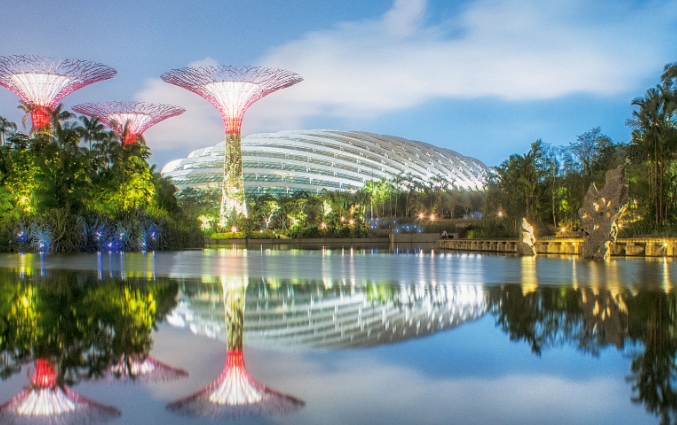The Impact of 30 30 Landscape Architecture on Today’s Cities
30 30 landscape architecture is revolutionizing urban design and transforming the way cities function. Here are some key ways in which this innovative approach is making a significant impact:
Sustainable Development
30 30 landscape architecture prioritizes sustainability and green design, creating environments that are not only aesthetically pleasing but also environmentally friendly. By incorporating elements such as green roofs, rain gardens, and native plantings, these landscapes help reduce energy consumption, improve air quality, and mitigate the effects of climate change.
Community Engagement
This approach to landscape architecture places a strong emphasis on community engagement and participatory design processes. By involving local residents in the planning and design of public spaces, 30 30 landscapes are able to reflect the needs and desires of the people who will ultimately use them, creating vibrant and inclusive spaces for all.
Improved Health and Well-Being
Research has shown that access to green spaces can have a positive impact on mental and physical health. 30 30 landscape architecture aims to bring nature into urban environments, providing opportunities for recreation, relaxation, and connection with the natural world. By incorporating elements such as walking and biking paths, green spaces, and community gardens, these landscapes promote a healthier lifestyle for city residents.
Resilience and Adaptation
In the face of increasing urbanization and climate change, cities must be able to adapt and respond to environmental challenges. 30 30 landscape architecture emphasizes resilience and adaptation, designing landscapes that can withstand natural disasters, protect against flooding, and provide habitat for wildlife. By integrating green infrastructure and sustainable design principles, these landscapes help cities become more resilient and better able to face the challenges of the future.
In conclusion, 30 30 landscape architecture is playing a crucial role in shaping the future of urban design and creating cities that are more sustainable, resilient, and equitable. By prioritizing sustainability, community engagement, health and well-being, and resilience, this innovative approach is helping to create vibrant and thriving cities for generations to come.

